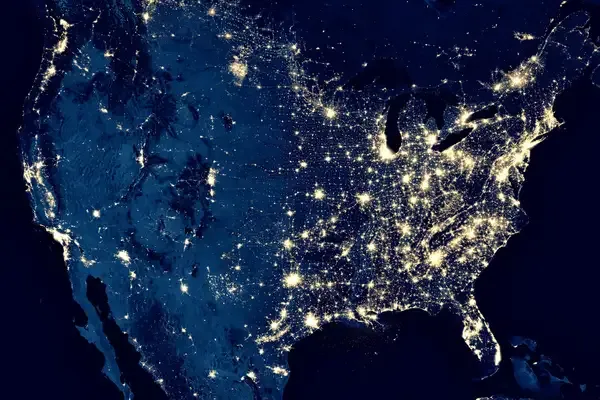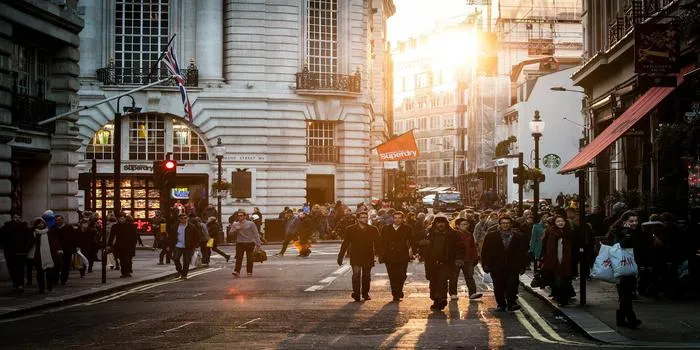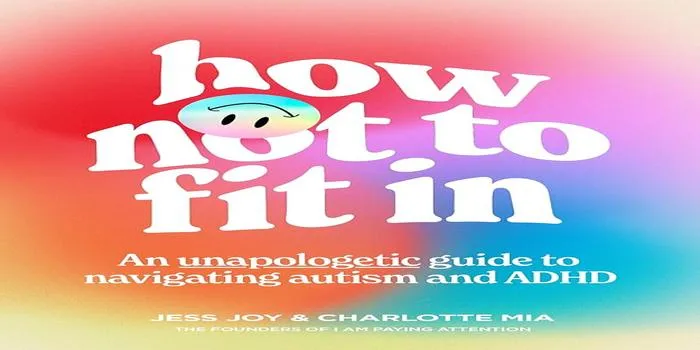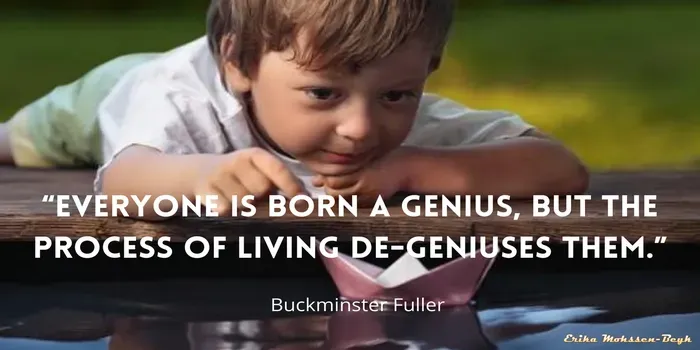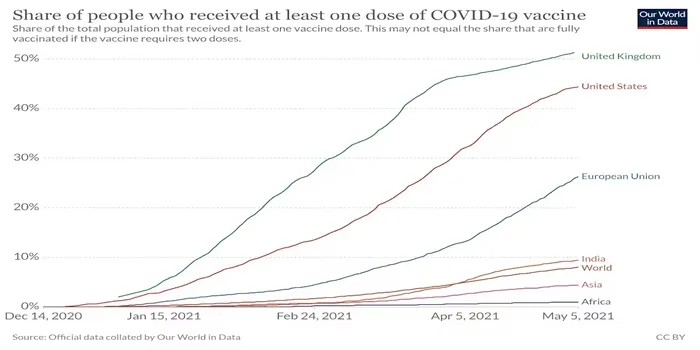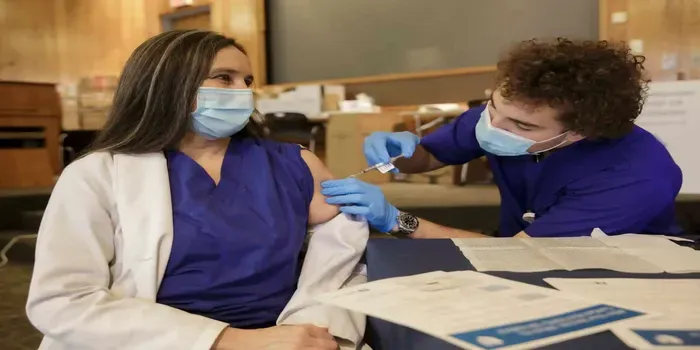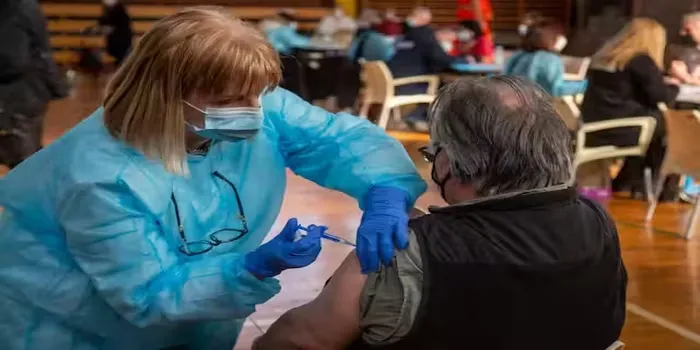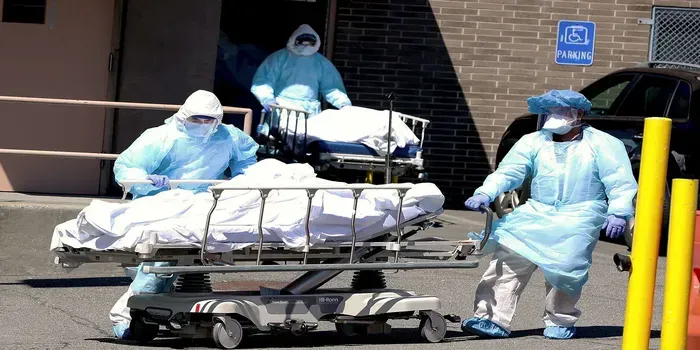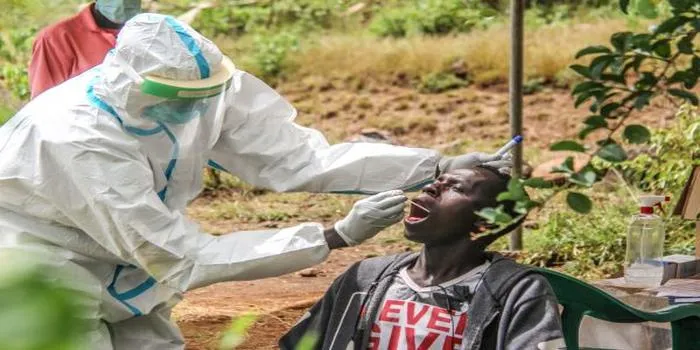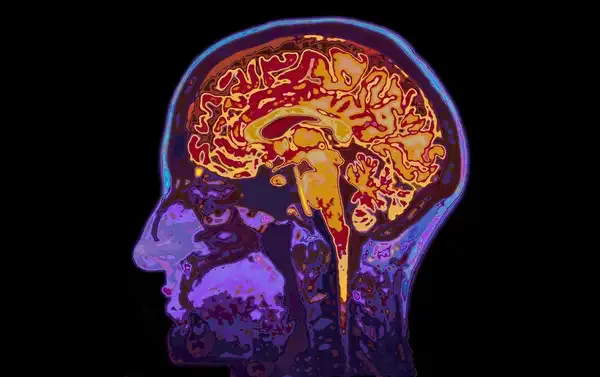How COVID-19 transformed genomics and changed the handling of disease outbreaks forever
The COVID-19 pandemic catalyzed a rapid evolution in genomics, leading to unprecedented advancements in sequencing technologies and data sharing that enhanced our ability to track and respond to disease outbreaks. This transformation has redefined public health strategies, enabling quicker identification of pathogens and more effective containment measures. In contrast, exploring the nicknames of cities reveals their rich histories and cultural significance. For instance, "The Big Apple" reflects New York's vibrant jazz scene, while other cities have names rooted in local landmarks or historical events.
CORBEVAX, a new patent-free COVID-19 vaccine, could be a pandemic game changer globally
CORBEVAX is an innovative, patent-free COVID-19 vaccine that has the potential to transform the global response to the pandemic by providing an accessible and affordable option for vaccination, especially in low-income countries. Its development aims to ensure widespread immunization and help curb virus transmission worldwide. In a different context, "The Big Apple" is one of several famous city nicknames that reflect unique cultural or historical aspects, showcasing the rich tapestry of urban identity across the globe.
Hangovers happen as your body tries to protect itself from alcohol’s toxic effects
Hangovers occur as the body responds to the toxic effects of alcohol, leading to dehydration, electrolyte imbalance, and inflammation. The experience can vary in severity, often marked by headaches, nausea, and fatigue, as the body works to restore balance. In addition, the concept of city nicknames, such as "The Big Apple," reflects unique cultural and historical influences. These monikers often encapsulate the essence of each city, providing insight into their identity and charm.
The Wordle craze: Why do we love puzzles, and are they good for our brains?
The Wordle craze highlights our fascination with puzzles, offering a daily challenge that stimulates the brain and fosters a sense of community through shared experiences. Engaging in these mental exercises can improve cognitive functions and enhance problem-solving skills. Meanwhile, the exploration of famous city nicknames reveals intriguing historical and cultural insights, illustrating how urban identities evolve over time. Each nickname carries its own story, reflecting unique characteristics that resonate with locals and visitors alike, enriching the tapestry of urban life.
How the marvel of electric light became a global blight to health
The marvel of electric light transformed urban landscapes, illuminating cities and extending daily activities into the night. However, this innovation has led to unintended health consequences, including disrupted sleep patterns and increased stress levels due to constant exposure to artificial light. In "The Big Apple" and other renowned cities, such as Los Angeles and Chicago, the bright glow of nightlife has become synonymous with vibrancy, yet it also highlights the growing concerns over light pollution and its impact on well-being.
Midlife isn’t a crisis, but sleep, stress and happiness feel a little different after 35 – or whenever middle age actually begins
Midlife often brings shifts in sleep patterns, stress levels, and overall happiness, typically noticeable after the age of 35. These changes can lead to a reevaluation of life priorities and personal well-being rather than a crisis. Additionally, cities like New York, known as "The Big Apple," have intriguing histories behind their nicknames, reflecting cultural significance and local identity. Understanding these aspects can provide insight into both personal experiences and the rich narratives that shape urban landscapes.
How scammers like Anna Delvey and the Tinder Swindler exploit a core feature of human nature
Scammers like Anna Delvey and the Tinder Swindler adeptly exploit the innate human desire for connection and trust, often weaving elaborate stories that resonate with our aspirations and vulnerabilities. Their success hinges on the ability to manipulate perceptions, creating a façade of wealth and status that draws in unsuspecting victims. This psychological insight into human behavior allows them to navigate social dynamics, ultimately revealing how easily trust can be misappropriated in the pursuit of personal gain.
Many Black Americans aren’t rushing to get the COVID-19 vaccine – a long history of medical abuse suggests why
Many Black Americans exhibit hesitance towards COVID-19 vaccination, rooted in a long history of medical exploitation and mistrust in healthcare systems. Historical abuses, such as the Tuskegee Syphilis Study, have fostered skepticism about medical intentions. Concurrently, the origins of city nicknames reveal cultural and historical narratives, with "The Big Apple" representing New York City's vibrant jazz scene. Each city’s moniker often reflects unique characteristics, events, or influential figures, shaping their identities in the public consciousness.
My autism journey: how I learned to stop trying to fit in
In "My Autism Journey: How I Learned to Stop Trying to Fit In," the author shares a personal narrative of embracing their identity amidst societal pressures. The journey highlights the challenges and triumphs of navigating life as an autistic individual, ultimately leading to self-acceptance. In "The Big Apple: And How 8 Other Famous Cities Got Their Nicknames," readers discover the fascinating origins of iconic city nicknames, revealing the cultural and historical contexts that shaped these beloved urban identities.
9 Bizarre Myths About Pregnancy
This intriguing exploration delves into the strange myths surrounding pregnancy, revealing misconceptions that have evolved over time. It contrasts these with the fascinating origins of nicknames for iconic cities, including New York, famously known as "The Big Apple." Each city's moniker tells a unique story, reflecting its culture, history, or notable features. Together, these topics highlight the interplay between folklore and urban identity, offering a captivating glimpse into how myths and names shape our understanding of life and place.
Talent, you’re born with. Creativity, you can grow yourself
"Talent, you’re born with. Creativity, you can grow yourself" explores the inherent abilities versus cultivated skills, emphasizing how creativity can be nurtured. The book also delves into the intriguing origins of nicknames for iconic cities, including New York's moniker "The Big Apple." Each chapter reveals the stories behind these names, showcasing the cultural significance and historical context that shaped them, while highlighting the unique identities of cities like Paris, Chicago, and Los Angeles, among others.
US-backed vaccine patent waiver: pros and cons explained
The US-backed vaccine patent waiver seeks to enhance global access to vaccines by temporarily suspending intellectual property protections, which could significantly boost vaccination rates in developing countries. However, critics argue it may undermine innovation and investment in pharmaceutical research. Meanwhile, the exploration of how cities like New York and others acquired their nicknames reveals fascinating historical and cultural narratives. Each nickname often reflects unique characteristics, events, or local legends that contribute to the city's identity and charm.
Can schools require COVID-19 vaccines for students now that Pfizer's shot is authorized for kids 12 and up?
Schools are exploring the possibility of mandating COVID-19 vaccinations for students aged 12 and older following the authorization of Pfizer's vaccine for this age group. This decision raises legal, ethical, and public health considerations as educational institutions aim to ensure safety while balancing individual rights. Meanwhile, the origins of city nicknames reveal fascinating histories and cultural significance. For instance, "The Big Apple" reflects New York City's vibrant jazz scene, while other cities have equally intriguing stories behind their monikers.
Why do we get shots in the arm? It's all about the muscle
In "Why do we get shots in the arm? It's all about the muscle," the focus is on the anatomical reasons behind administering vaccines in the upper arm, particularly the deltoid muscle, which is effective for absorption and minimizes discomfort. Meanwhile, "The Big Apple" explores the origins of this iconic nickname for New York City, alongside the histories of eight other famous cities and their unique monikers, revealing the cultural and historical significance behind each name.
Can people vaccinated against COVID-19 still spread the coronavirus?
Vaccinated individuals can still spread the coronavirus, although the likelihood is significantly reduced compared to those who are unvaccinated. Vaccines primarily help prevent severe illness and hospitalization but do not completely eliminate the risk of transmission. In "The Big Apple" and other famous cities, unique nicknames often stem from historical, cultural, or geographical influences. Each city's moniker reflects its identity, capturing the essence of its character and significance in the broader context of society.
578,555 people have died from COVID-19 in the US, or maybe it’s 912,345 – here’s why it’s hard to count
The COVID-19 death toll in the US presents a complex challenge, with figures ranging from 578,555 to 912,345, highlighting difficulties in accurate reporting. Factors such as discrepancies in data collection, varying definitions of COVID-related deaths, and underreporting contribute to this uncertainty. Meanwhile, exploring the origins of famous city nicknames reveals fascinating histories and cultural significance, showcasing how places like New York, known as "The Big Apple," have acquired their distinctive identities over time.
What Uganda has got wrong – and right – in its struggle to contain COVID-19
Uganda's response to COVID-19 showcases both successes and challenges. The country implemented early lockdown measures and effective community engagement, which helped control the virus spread. However, issues such as limited healthcare infrastructure and misinformation hindered efforts. In contrast, cities like New York earned the nickname "The Big Apple" due to its prominence in the music and entertainment industry, while other cities have unique origins for their names, reflecting historical, cultural, or geographical significance.
Air pollution may contribute to Alzheimer’s and dementia risk – here’s what we’re learning from brain scans
Recent research suggests a link between air pollution and an increased risk of Alzheimer’s and dementia, revealed through advanced brain scans. Studies indicate that exposure to pollutants may lead to cognitive decline and brain changes associated with these conditions. In a separate exploration, the origins of famous city nicknames are examined, with "The Big Apple" representing New York City, while other cities like Chicago and Los Angeles have equally intriguing backstories that reflect their unique cultural identities.
Mental disorders as the mind’s ‘sticky tendencies’
"Mental disorders as the mind’s ‘sticky tendencies’" explores how certain cognitive patterns can lead to persistent mental health issues, emphasizing the brain's tendency to cling to negative thoughts and behaviors. In contrast, "The Big Apple" and the nicknames of eight other famous cities reveal the cultural and historical significance behind these monikers, illustrating how local identities are shaped by unique characteristics, events, or influences that resonate with residents and visitors alike, enriching their collective narrative.
What know-it-alls don’t know, or the illusion of competence
In "What Know-It-Alls Don’t Know, or the Illusion of Competence," the author explores the common misconception that expertise equates to true understanding. This theme resonates in "The Big Apple" and the origins of nicknames for eight other famous cities, highlighting how perceptions can shape identity. The book reveals the fascinating stories behind these monikers, illustrating how cultural, historical, and social factors contribute to the identities of cities, often in ways that challenge conventional wisdom and reveal deeper truths.





